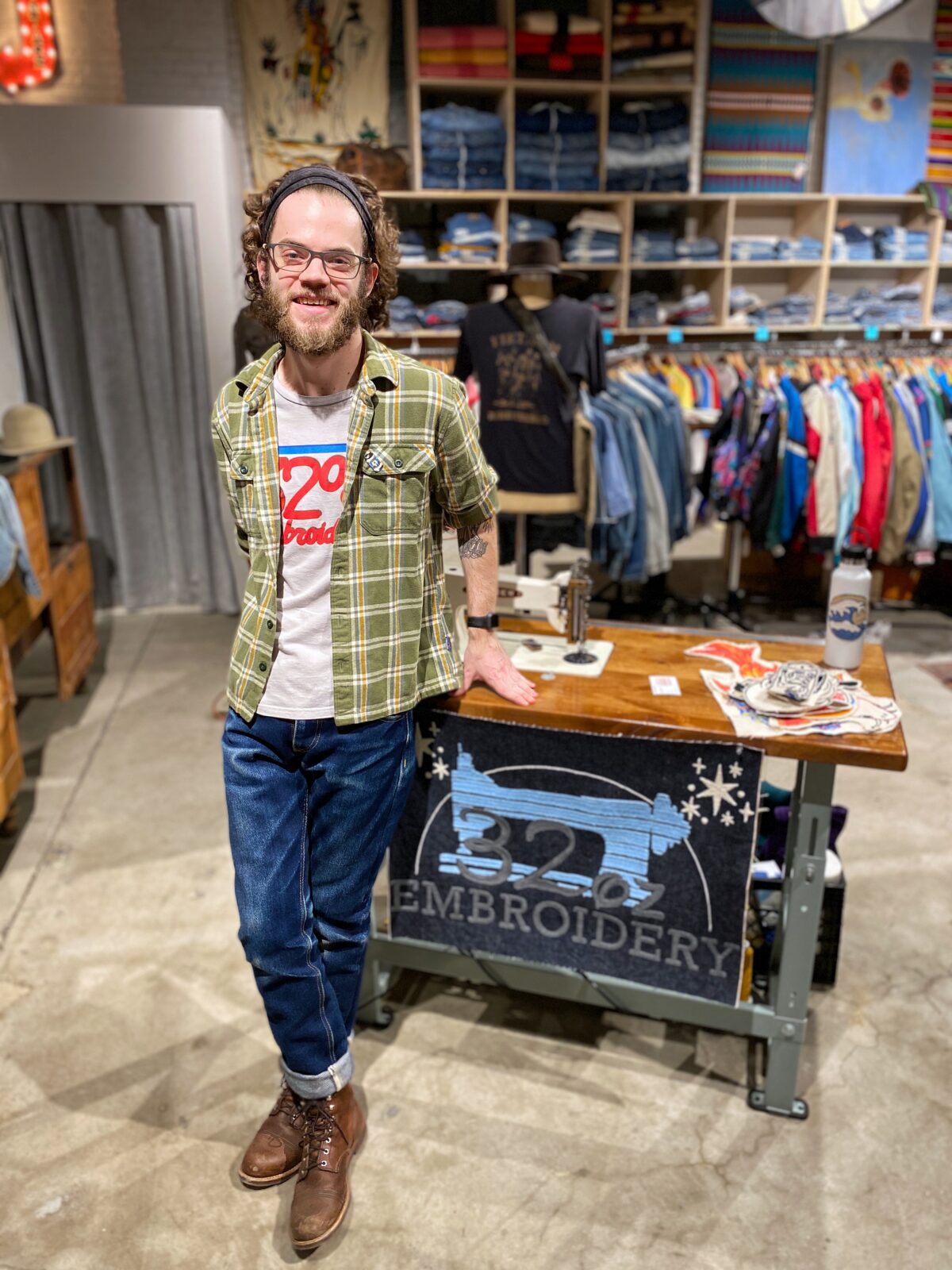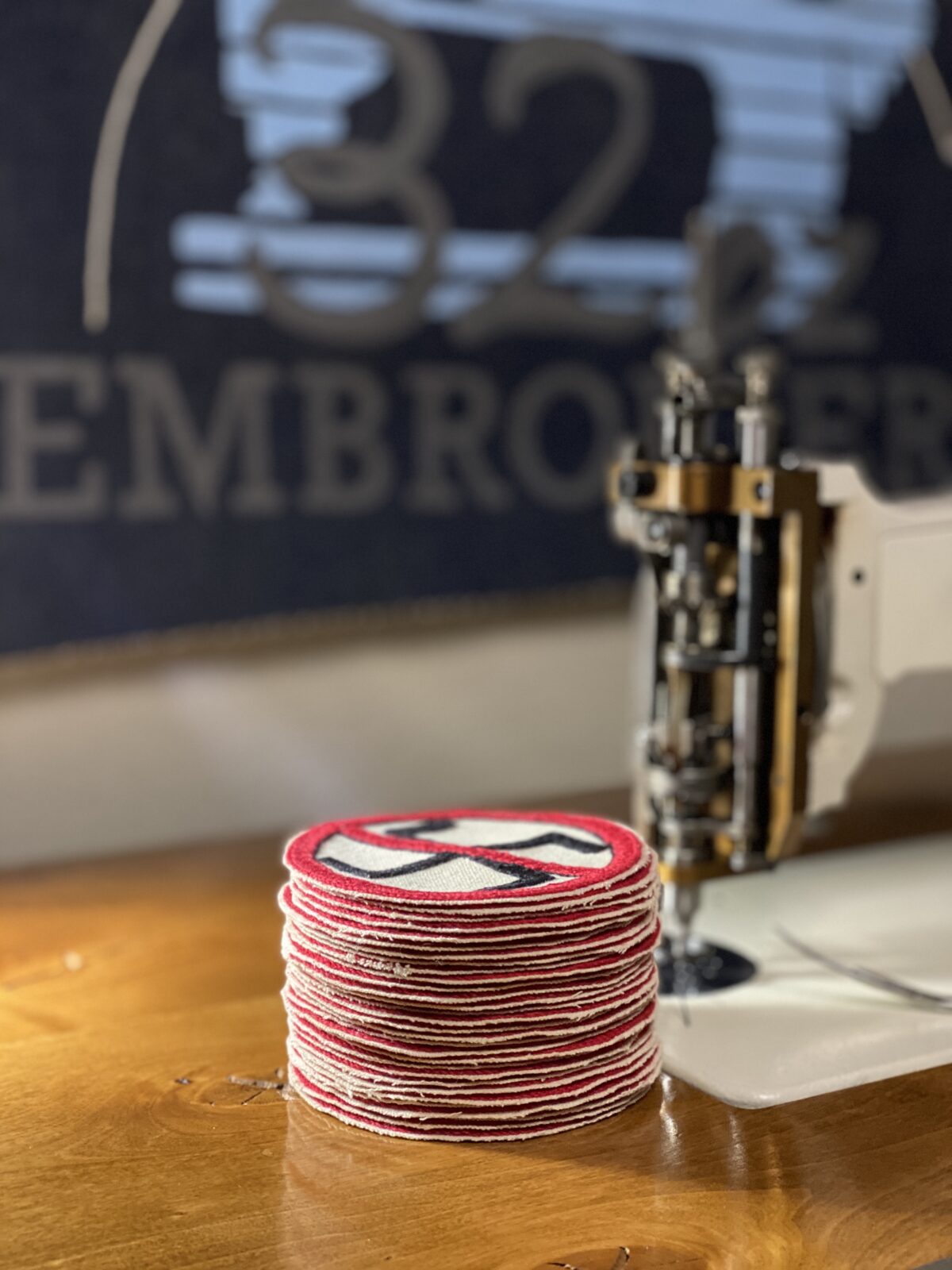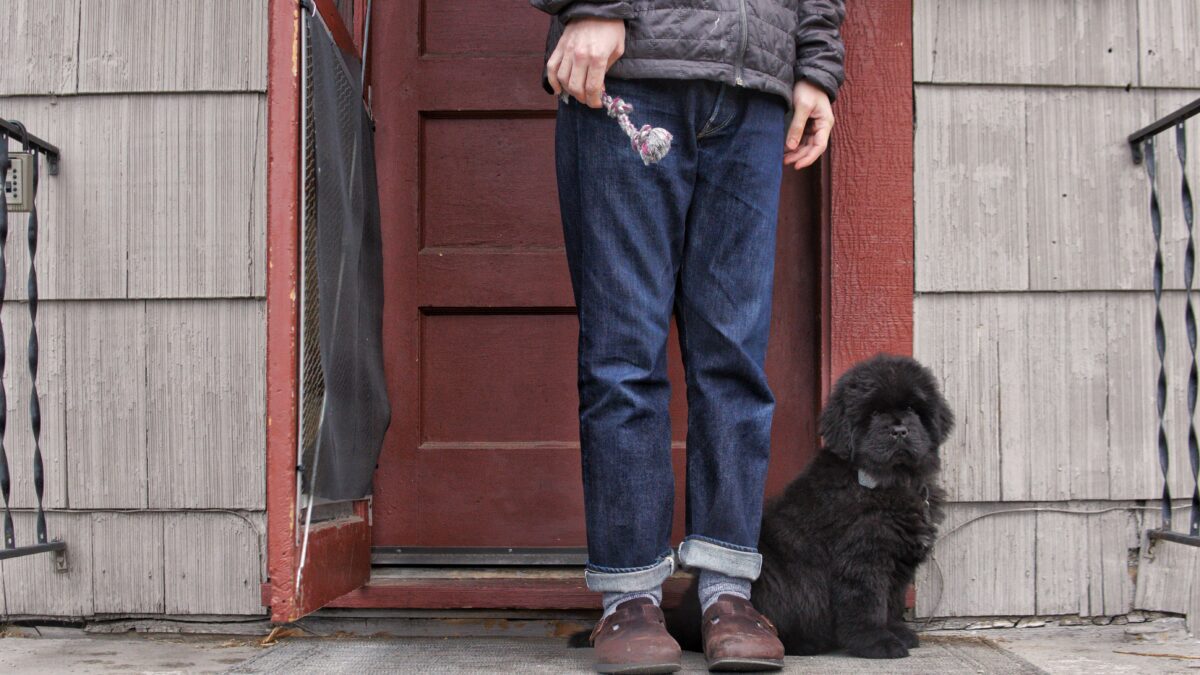Hot Take: You Don’t Have to Earn Money on Your Hobby

The path from a pure hobby to earning a bit off of your work, can be a slippery slope. The inherent culture of competition online can easily slip in and force out the calm, simple love of the craft. Do you love your hobby so much that it’d be worth it to continue — even if you didn’t earn a penny more on it?
It blows people’s minds when they find out how little of my embroidery I actually sell.
“How have you gone this long without an Etsy store?”
Or a website.
Or really anywhere other than Instagram, where I semi-regularly post my embroidery.
“Oh,” they say, “you must get a lot of business through Instagram then?”
More confusion when I answer, “Not really.”
The first time I had that conversation I wondered why someone thought I needed to make money with my embroidery. As if I embroidered so often it was weird I didn’t make money doing it.
Recently, I realized that I had let myself be influenced by these conversations to the point that I couldn’t remember why I embroidered in the first place.
I needed to find my way back to the roots.
I wondered why someone thought I needed to make money with my embroidery.

More than enough… yet never enough
For those that haven’t read my previous article, allow me to introduce myself.
My name is Brad and I’m a nurse currently working and living in Boise, Idaho. Before I started working as a nurse — before I even got into nursing school — I learned the trade of chainstitch embroidery and did it for a living. When nursing school soaked up too much of my life to continue a full-time embroidery job, I ended up getting my own machine, and have been doing it as a hobby/side-gig ever since.
With 2020 officially over, I was mildly impressed with all that I accomplished last year. After tallying it all up I completed 37 total embroidery projects. Specifically, 23 of those were commissions and the other 14 were personal projects. This means each of those took, on average, ten days of work. On top of that I managed to post semi-regularly to my social media and gained over 1,000 followers, resulting in most of those commissioned projects. If all that wasn’t enough, most of this was done after moving from Spokane, WA to Reno, NV, where I began working full-time as a nurse during an unprecedented global pandemic.

It sounds like a lot when I write it out like that. But even with all my improvement goals met, collaborations done, and shoutouts received, it somehow still didn’t feel enough. I should be incredibly stoked with how last year went and all that I accomplished, yet there I was with lingering feelings of regret and unfulfilled potential. The question of why I felt that way has led to a lot of introspection over the past couple of months, and it seems to be linked to one main thing: The nature of social media and the way I interact with it.
The good and the bad of online communities
There are so many great things about being connected to people through the internet. For starters, it’s amazing that I’m able to share my creations with so many people and meet others that share my passion for embroidery. I’ve met numerous good friends through online forums such as r/rawdenim and the embroidery communities on Instagram and Facebook — good friends that I never would have met otherwise.
The ease of sharing online has led to an insane amount of growth and interest for chainstitch embroidery, catalyzing a resurgence of the once-dying craft. At no other time in the 100+ year history of hand-crank chainstitch machines has it been so easy to acquire one and learn to use it.
“The ease of sharing online has led to an insane amount of growth and interest for chainstitch embroidery, catalyzing a resurgence of the once-dying craft.”

When in past decades you would need to find a shop to apprentice at in order to learn, now there’s Facebook groups to join, and countless eBay auctions and refurbishers with machines to offer. High quality scans of manuals and books about chainstitch — once nearly impossible to track down — are now a simple Google search away.
Despite all these positives, there are several negatives that have come with the rise in online popularity of chainstitch embroidery. The main issue in my experience is the inherent culture of competition that comes with sharing your work online. While an amazing source of inspiration, it’s also easy to constantly compare yourself against others when your work is on display for all to see.
Of course this isn’t unique to chainstitch embroidery. If anything, I’d say that our online community is much less toxic than the vast majority of hobby communities. But even though I didn’t see it at first, the toxicity is there, and for a while it made me forget why I fell in love with it all in the first place.
Chainstitch embroidery for sanity
With all that said, why do I continue to sew even when I don’t do it for a living? What’s the point if I’m not going to sew enough to post on Instagram every day and gain thousands of followers? Am I really okay with having embroidery as an occasional beer money maker rather than a full time career?
I found myself contemplating these questions quite a bit as I got more and more exhausted towards the end of 2020. Even if I still don’t know all of the answers, asking those questions led me to realize just how essential embroidery has become to who I am as a person.

My embroidery goal last year was simple: sew as much as I possibly could. This meant saying yes to more commissions than I normally did, posting regularly to Instagram to build engagement, and making an effort to prioritize sewing on my days off.
When I first committed to the goal I wasn’t sure I would end up sewing much more than I normally did. I have a full time job as a nurse and other hobbies like climbing and biking, but it’s safe to say that I already spent most of my free time sewing or designing things to sew.
Really the only change was the intention behind it.
My embroidery goal started out as a way to get me to sew more than I was, but as the year went on, the amount of effort I was putting into sewing and posting on Instagram wasn’t being reflected in the engagement metrics like I had hoped it to. That, combined with the year just being fairly brutal in general, led to a burnout that I didn’t expect, especially considering how important sewing had been to my sanity.
While I’ve enjoyed embroidery for quite a while now, I especially appreciated it last year. I’m lucky compared to many of my coworkers. When the lockdowns and stay-at-home orders first started I found myself coping much better than some of my peers were. While others took up day-drinking and bread making, I had sewing to fall back on when I needed something distract myself from the world ending.
“I had sewing to fall back on when I needed something distract myself from the world ending.”

Embroidery quickly changed from a way to get occasional beer money into a relaxation ritual after a week of work. I’m not going to turn this into an article about nursing in 2020, (though I will link to the one that I relate to the most out of the countless out there) but let’s just say that it was a rough year for a lot of people. And for me personally, I know that I couldn’t have gotten through 2020 without embroidery to keep me sane.
The love for a hobby chainstitched back together
I often find myself frustrated by things that seem to have such an obvious answer when I look back at them. The embroidery burnout was definitely one of those times; I simply needed a break. I gave up on posting regularly, finished the projects that I made commitments to and then decided it was enough and stopped posting to Instagram.
Though I stopped posting about it, I didn’t stop embroidering. I worked on a piece I had been thinking of doing for a while and never had the time to do (a chainstitch version of Mac Miller’s hand tattoo), worked on my cursive free hand, and made a chenille sweatshirt for a friend’s birthday gift. However, me not posting to Instagram or making things for commission turned out to make all the difference and I remembered how much I enjoyed embroidery.
“Me not posting to Instagram or making things for commission turned out to make all the difference and I remembered how much I enjoyed embroidery.”
I also refocused my life outside of embroidery as well. I left Reno and moved back to Boise to be closer to family and took a much less stressful nursing job. I rediscovered my love of climbing and reading, and even adopted a puppy. My “pause and reflect” attitude towards embroidery ended up reaching other areas of my life that I hadn’t expected and it’s definitely turned out for the better.

Put simply, the reason your hobbies don’t need to make you money is because once they do, it’s a slippery slope until it’s not a hobby anymore. It’s easy to forget what made you love something in the first place when you feel like you “have” to do it or you’re not being productive enough.
While writing and discussing this article with friends I’ve discovered that I’m not even close to the only one who feels this way. If this is something you’ve been struggling with, I highly recommend taking a break and remember why you fell in love with your hobbies in the first place.

